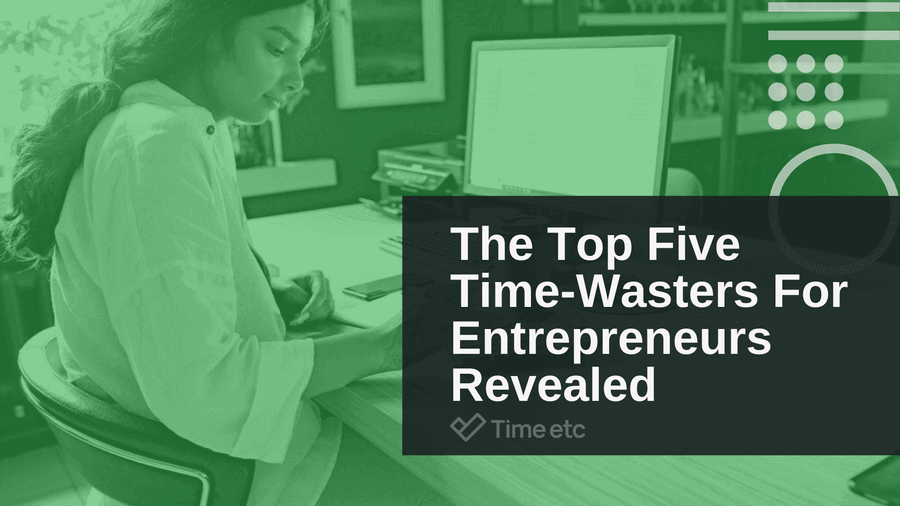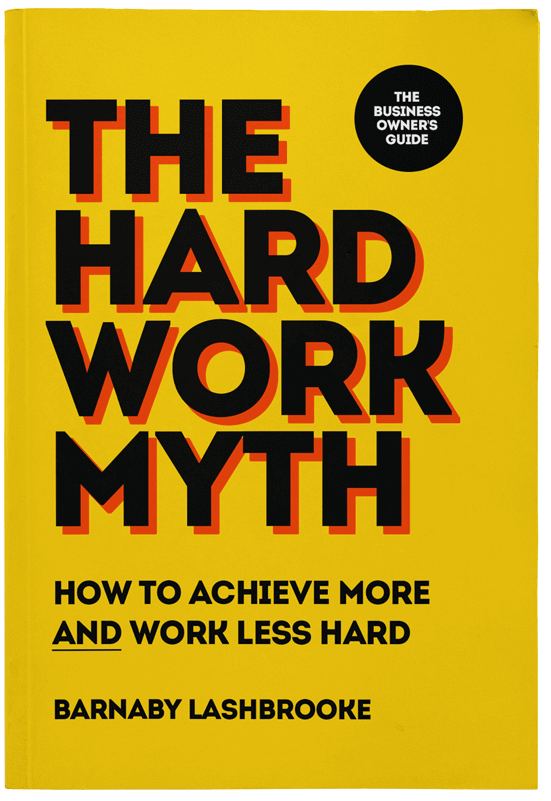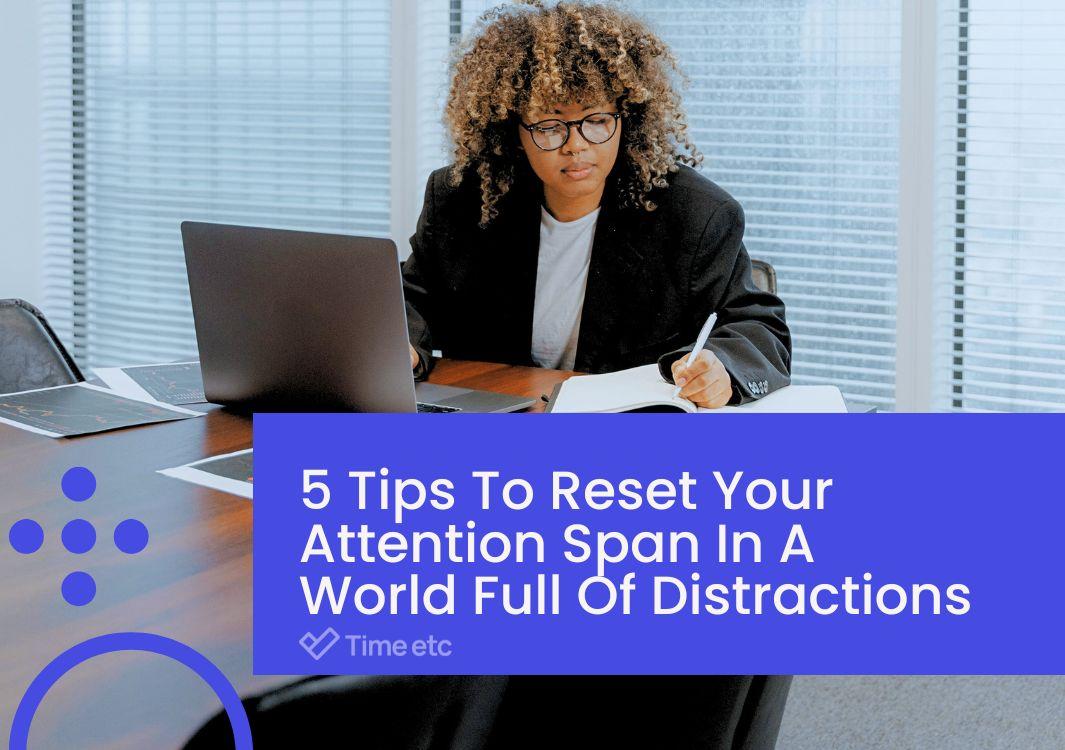We’ve all been there. We start the day determined to make it a productive day, but before we know it, it’s lunchtime and we barely made a dent in our to-do list. What happened?
Some distractions are more obvious than others. We can easily recognize when we’re stuck in an internet rabbit hole, but others can be much more insidious. But in order for us to take action and start being more productive, first, we must recognize where we actually get stuck…
Emails
Email is a vital tool and we wouldn’t get very far without it these days, but it can be the source of endless distractions too — from newsletters you don’t need to sales alerts to endless email chains you could resolve with a quick phone call. It’s not unusual to get caught in email for much longer than expected, taking up valuable time.
In fact, a survey by Adobe found that people in the workplace spend an average of 3.1 hours per day on their emails, which totals 15.5 hours per week. At first glance, this might not sound like too much of a problem, as I mentioned, email is how many of us communicate with clients, customers, prospects, vendors, and distributors, to name but a few. However, around half of this time is thought to be spent checking for updates and fielding spam or junk mail, and this “email distraction” is estimated to be costing businesses as much as £6,000 per year per employee in lost productivity. Managing your email is now almost like an extra part-time job that adds little to no extra value to your workday.
The solution here is not to give up email entirely, of course. Instead, by being more intentional about your use of email and what you receive, you can reduce email overwhelm and turn your inbox into a more productive, distraction-free zone.
Choose an email schedule
Checking your inbox every 15 minutes is one of the fastest ways to get distracted. You might think a quick look at your inbox is harmless, but it still can disrupt your workflow. Experts have found that on average, it takes around 23 minutes to get back to a task after getting distracted by something else. By switching tasks regularly, you keep interrupting your flow, preventing you from maintaining that focused state of mind where you can do your best work.
Instead of checking your email constantly, choose one or two times of the day to look at your inbox and reply to messages as needed. The “when” isn’t really important — what matters is that you stick to it.
For instance, does checking your email before heading out for the day or first thing in the morning help you plan your day? Or does it stop you from getting started on your tasks as quickly as you’d like? Try one plan for a couple of weeks, and if you don’t find it helpful, change it up.
Turn notifications off
Now that you’ve decided when you’ll check your email, it’s time to disable email notifications.
If you want to take it further, uninstall your email app from your phone. These apps are useful for when you’re on the go, but the truth is, the vast majority of emails are not urgent. They don’t need your immediate attention every time a notification pings on your smartphone or computer.
Keep your accounts separate
Of course, ideally, you’ll want to keep work emails strictly for work. Not just for security reasons, but to reduce the volume in your inbox. Trawling through various special offers or order confirmations is far from ideal when you’re trying to find an important email from a client.
Another measure you can take is using throwaway accounts. These are email addresses you’ll only use to subscribe to services you don’t mean to use for long or to get freebies. With a throwaway account, you keep all unwanted emails in a separate inbox, without the need to unsubscribe from newsletters and email lists from services you don’t intend to use.
Delegate
In my personal experience, outsourcing the processing of all of my emails has been the most effective way for me to stay on top of my inbox without having to spend too much of my time.
While you’ll still need to reply to some messages, you can let someone else prioritize them and even reply to some of them. My virtual assistant organizes the emails I receive according to the level of priority, and once a day I check the top priority folder and reply to any urgent emails. This stops me from constantly being in my inbox and lets me do more important work in my business.
Errors
Making mistakes is human, but some mistakes are more costly than others. For instance, leaving your office lunch at home in the morning means you’ll have to spend money on more food. A mistake in your code could mean spending hours debugging when you could move on to another stage of the project.
In a recent survey by Zapier, 83% of workers spend 1-3 hours a day fixing errors. And in 2008 alone, errors cost businesses more than $37 billion in lost productivity.
Mistakes may be normal, but they’re not always inevitable. So how can you stop errors from slowing you down?
Plan your schedule around you
Pay attention to your energy levels throughout the day, and how variables like sleep, diet, and exercise affect your focus and mood.
When do you feel most alert? For example, if it usually takes a long time for you to feel fully awake in the morning, it’s not a great idea to do your most mentally demanding work or make crucial decisions first thing in the morning. Or if you often find yourself falling victim to the PM slump, try to avoid leaving your most important tasks until after lunch, if possible.
Ask for help
After you’ve made a mistake, you might feel the urge to fix it on your own. However, it’s a good idea to rely on trusted colleagues and mentors for advice.
By bouncing off ideas with someone else and leveraging your colleagues’ experience, you can come up with faster solutions that’ll save you time and keep you from repeating the same mistake down the line.
Get experienced support
Entrepreneurs often wear many different hats in their businesses, but let’s face it, we don’t all have the same set of skills and strengths. There are some things we’ll always just be better at than others.
Delegating tasks that aren’t your core competencies not only allow you to dedicate more time and energy to what you do well, but you could also see much better results with those tasks in the hands of someone more skilled or knowledgeable in that area.
Data Entry
It’s unlikely your business will completely fall apart if you have to go back and forth between different programs to add information, but it sure takes up precious time you could use for tasks with a greater impact or return on investment. A global study of 10,500 office workers found that knowledge workers waste over 40% of their time on manual digital admin processes, and the Zapier survey also found that 76% of workers spend 1-3 hours per week simply moving data from one place to another.
So, data entry is one of those tasks you’ll want to get off your plate if possible. One of the most popular and common-place options is automation.
Data entry automation is usually software-based solutions that help take away the pain of having to manually enter data into your e-commerce site or business's internal software. Many tasks can be automated to save time and effort. Order tracking is a great example: it’s much easier to let a computer program do the work of tracking and managing order status, rather than manually inputting the information into a spreadsheet.
You can also use third-party automation services like Zapier and Make (formerly Integromat). While these have a steeper learning curve than your everyday apps’ native automation, these solutions are ideal for streamlining your processes and connecting several services together.
Disorganization
Digital clutter can be just as distracting as a messy room. Not only do duplicate files on your computer slow down your computer speed, but they can also slow down your progress. Scrolling through masses of documents in search of a particular item can be a real time-suck. In fact, another global survey of knowledge workers found that the average time spent searching for documents is 4.5 hours per week.
Disorganization doesn’t just waste time, but it makes it more likely you’ll forget something or miss an important deadline. So how can you make sure your digital space is always tidy?
Fortunately, there is no shortage of apps on the market that can help you. For instance, macOS users can use the productivity app Alfred to make file management and search much simpler, and Duplicate Detective to help you easily track down and delete duplicate files, folders, and programs. Windows users can use DupeGuru to do the same.
Social Media
While it may only take a second to click “Send”, “Post”, “Publish”, “Upload” or “Tweet”, there is so much more that you need to consider for a successful social media strategy — responding to messages, engaging with users, creating or sourcing content, researching topics, and planning your strategy. What’s more, each social media platform has different audiences and requirements, so you need to tweak your strategy for each platform and execute them differently.
The average time small business owners spend on their social media marketing is 6 hours per week. That’s almost one full day of work you’ll spend on your platforms. It takes so much time to maintain a steady social media presence that it can easily keep you from doing the work you love.
What’s The Bottom Line?
With so many different tasks demanding our attention, it’s easy to get lost in time-wasters that keep us from our most important work without even realizing it. While there are plenty of actions you can put in place to spend less time on admin tasks, social media, and fixing errors, these tasks will still eat up time regardless.
As such, many entrepreneurs choose to delegate these tasks entirely and hire a virtual assistant to take these tasks off their hands and reclaim time to focus on what really matters.
At Time etc, our mission is to help busy entrepreneurs and business owners achieve more. We know your time is precious, which is why you won’t need to do any of the heavy lifting. Our expert team will carefully match you with an assistant based on the skills, experience, and even personality traits you need.
Our virtual assistants must pass a rigorous 10-stage process to join us, so you can be safe in the knowledge that you’ll only ever work with an experienced professional that’s dedicated to providing quality support.
If you’re ready to do more of the work that matters, try a virtual assistant for free or speak to our team to build a plan that’s perfect for you.







